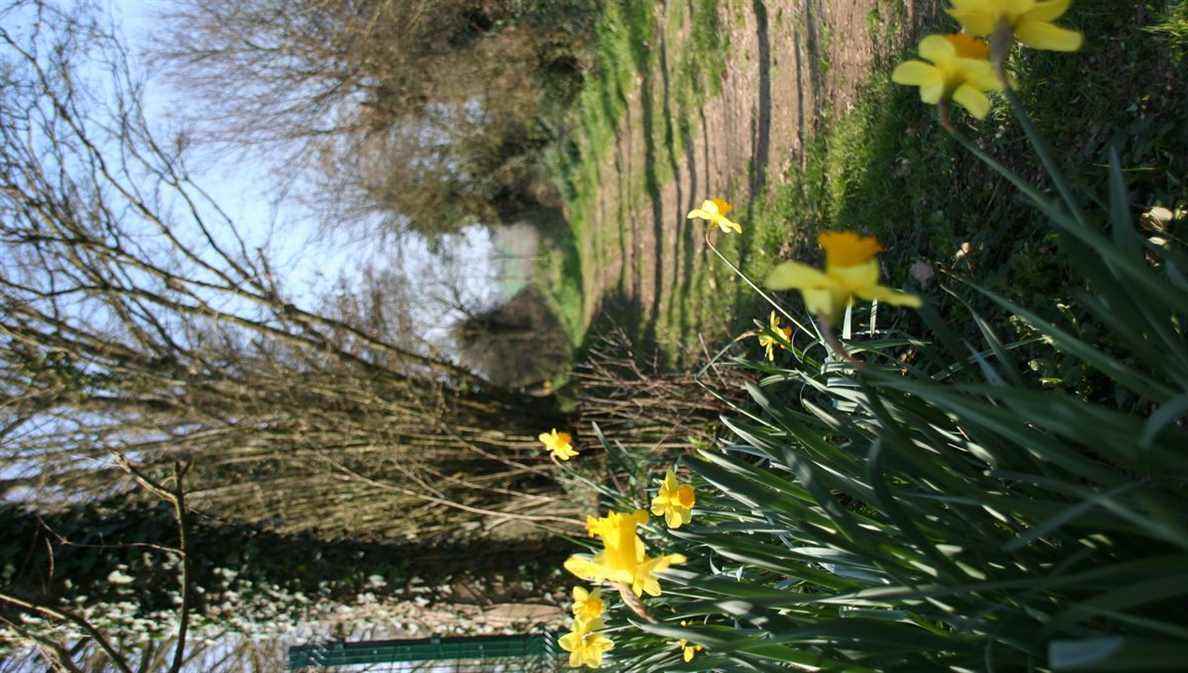I suggest you go back in time by slipping into the history of the paths illustrated by sites where you can find distant traces while walking.
From the first track to the road, the paths tell of traces under our feet. Archaeology, archives, the study and understanding of maps, settlement, landscape and town planning show how they were superimposed or modified until the middle of the 18th century when the road revolutionized communication, transport and trade.
The origin of paths in Mayenne in the Stone and Bronze Ages
The still visible traces of the Neolithic settlement, around 4000 years ago, are menhirs. According to prehistorians, those that are isolated can be topographical markers limiting territories or, on the contrary, marking out routes. Although some have been destroyed or buried, they are numerous enough to identify a track of at least 50 km, oriented east-west, in the Renazé sector, under preserved or discontinuous roads, on a long east-west sedimentary fold of the Armorican massif. It overlooks the Chéran at Renzé above the Roche-Poulain menhir, crosses the Usure at Rouge Ecu to leave Saint-Quentin-les-Anges where there is another menhir on the municipal boundary with Maine-et-Loire.
